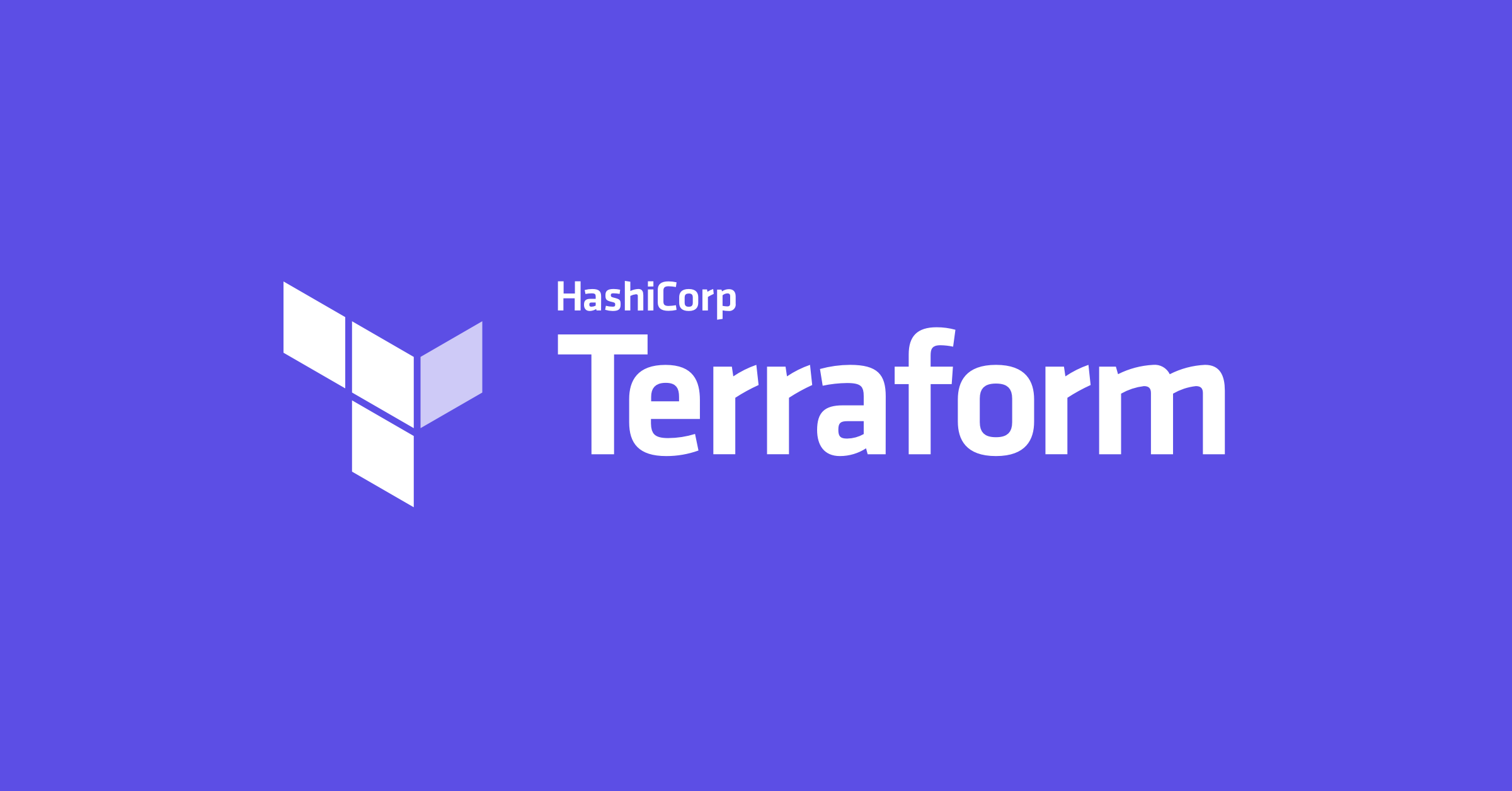Terraform Zero To Hero - Day 1
 Vikram
Vikram
History Before Terraform
The rise of Infrastructure as Code (IaC) and Terraform in particular is a response to several challenges in traditional infrastructure management, which evolved over the decades as computing paradigms changed. Here’s an overview of how infrastructure management evolved before Terraform was developed.
Early Days of IT Infrastructure
Manual Infrastructure Management (1950s-1990s):
Physical Servers: Early computing environments were characterized by large, expensive mainframes and physical servers that were manually set up and managed. Infrastructure management was a highly manual process, involving the physical setup of servers, network devices, and storage.
High Costs and Slow Deployment: Infrastructure was costly to purchase and maintain, and scaling up required significant capital investment. Deploying a new application or service could take weeks or months.
Manual Configurations: System administrators had to manually install software, configure network settings, and manage operating systems. Each change in the infrastructure required manual intervention, which led to inconsistent configurations and errors.
Virtualization and Cloud Computing (1990s-2000s):
Rise of Virtualization: VMware and other technologies introduced virtualization, which allowed a single physical server to run multiple virtual machines (VMs). This increased resource utilization and efficiency but still required manual configuration for each virtual machine.
Cloud Computing Emerges: Amazon Web Services (AWS) introduced the first widely adopted cloud computing service in 2006, with the launch of Elastic Compute Cloud (EC2). Cloud providers like AWS, Microsoft Azure, and Google Cloud enabled organizations to rent computing resources on-demand, rather than purchasing and managing physical hardware.
Elastic and Scalable Infrastructure: Cloud computing introduced the concept of elastic infrastructure, allowing companies to scale up or down dynamically based on demand. While this reduced the need for physical infrastructure management, deploying and configuring these resources was still a manual or semi-automated process.
Infrastructure Automation Tools Before Terraform
Configuration Management (Late 2000s to early 2010s):
Manual Automation Scripts: In early cloud and virtualization environments, many system administrators wrote custom automation scripts (using shell scripts, Python, etc.) to handle tasks like creating new virtual machines, deploying applications, and configuring networking. These scripts were prone to errors, difficult to scale, and hard to manage across large infrastructure.
Configuration Management Tools: To address the complexity of managing growing infrastructure, tools like Puppet (2005), Chef (2009), and Ansible (2012) were introduced. These tools allowed users to define configuration files that automated the deployment and management of infrastructure, but their primary focus was on configuring servers (i.e., setting up operating systems, installing packages, ensuring services were running).
Puppet and Chef: These tools used declarative and imperative models to describe the desired state of the system and then enforced that state across multiple servers.
Ansible: Ansible introduced a more user-friendly, agentless model that allowed for simpler server orchestration and configuration.
Challenges with Configuration Management:
Focus on Server Configuration: While configuration management tools were good at setting up servers, they didn’t fully address the provisioning of the underlying infrastructure, such as creating virtual machines, managing networks, or provisioning cloud resources.
Limited Infrastructure Provisioning: Users still needed to manually provision resources like compute instances, storage, and networking, or rely on separate automation scripts to do so.
Cloud-Specific Tools and the Rise of IaC
CloudFormation (2011):
Amazon CloudFormation was AWS’s solution to simplify infrastructure provisioning. It introduced the concept of infrastructure as code by allowing users to define infrastructure resources (e.g., EC2 instances, S3 buckets, RDS databases) in JSON or YAML templates.
Drawbacks: While CloudFormation was powerful, it was specific to AWS. If users wanted to work across multiple cloud providers (Azure, Google Cloud, etc.), they needed to learn and manage different tools for each platform.
Infrastructure as Code (IaC):
The concept of Infrastructure as Code gained popularity during this time. The idea was to treat infrastructure the same way developers treat application code: versioned, automated, and managed through code. IaC aimed to simplify infrastructure management and make it more consistent across environments.
Declarative vs. Imperative: Declarative tools (like Terraform) allow users to specify the desired state of their infrastructure, while imperative tools (like manual scripts) focus on specifying the steps to achieve that state.
The Birth of Terraform (2014)
HashiCorp and Terraform:
HashiCorp, founded in 2012, initially developed other tools like Vagrant and Consul before releasing Terraform in July 2014.
Terraform’s Innovation: Terraform filled a gap by offering a cloud-agnostic way to define, provision, and manage infrastructure resources across multiple cloud providers and on-premise environments.
Unlike AWS CloudFormation, which was tightly coupled to AWS, Terraform worked with multiple providers, including AWS, Microsoft Azure, Google Cloud, OpenStack, VMware, and even SaaS applications like GitHub.
Why Terraform Stood Out:
Provider-Agnostic: Terraform's key feature was its ability to manage infrastructure across different cloud providers and services, making it highly flexible for multi-cloud environments.
Declarative Language (HCL): Terraform introduced the HashiCorp Configuration Language (HCL), which is easy to read and write, offering a clear, declarative syntax for describing infrastructure.
Execution Plans and State Management: Terraform generates execution plans that show what changes will be made before applying them. It also manages a state file that helps track the current state of the infrastructure, making updates easier and more reliable.
Modularity and Reusability: Terraform allows users to break down infrastructure into reusable modules, improving code organization, scalability, and collaboration across teams.
After Terraform
Growth and Adoption:
- Since its release, Terraform has become one of the most popular IaC tools, widely adopted by startups, enterprises, and open-source communities. Terraform’s large provider ecosystem enables users to manage not only cloud infrastructure but also other services, such as DNS, SaaS platforms, and more.
Competition and Evolution:
Pulumi (2018): Pulumi is a newer infrastructure tool that, like Terraform, supports multiple providers. Unlike Terraform, Pulumi allows users to write infrastructure code using familiar programming languages (e.g., Python, JavaScript), offering an alternative approach to IaC.
CDK: AWS Cloud Development Kit (CDK) also competes in this space, allowing users to define infrastructure using programming languages like Python and TypeScript, but it is still tied to AWS.
Conclusion
Before Terraform, infrastructure management was largely manual, even with the introduction of cloud services. Tools like Puppet, Chef, and CloudFormation began automating certain aspects of infrastructure management, but they either focused too much on server configuration or were tied to specific providers. Terraform’s arrival marked a significant shift, making it easier to manage infrastructure across multiple cloud providers using a unified, declarative language. It has since become a key tool in the DevOps world, accelerating the adoption of cloud-native infrastructure and IaC principles.
Subscribe to my newsletter
Read articles from Vikram directly inside your inbox. Subscribe to the newsletter, and don't miss out.
Written by
